Projects
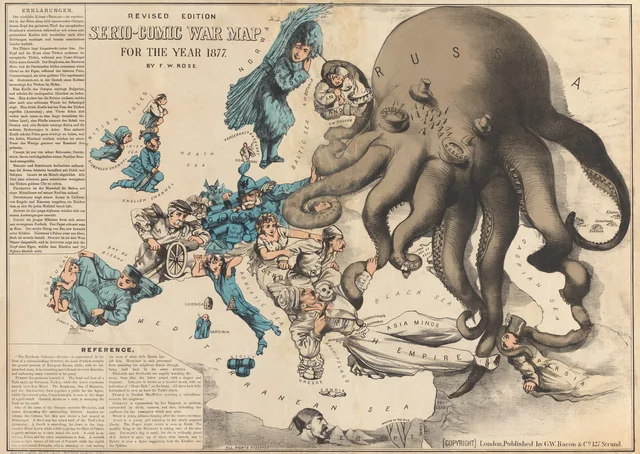
Unveiling the Visual Rhetoric of Persuasive Cartography: A Case Study of the Design of Octopus Maps
Daocheng Lin, Yifan Wang, Yutong Yang, Xingyu Lan*
To appear at IEEE VIS 2025
2025
When designed deliberately, data visualizations can become powerful persuasive tools, influencing viewers’ opinions, values, and actions. While researchers have begun studying this issue (e.g., to evaluate the effects of persuasive visualization), we argue that a fundamental mechanism of persuasion resides in rhetorical construction, a perspective inadequately addressed in current visualization research. To fill this gap, we present a focused analysis of octopus maps, a visual genre that has maintained persuasive power across centuries and achieved significant social impact. Employing rhetorical schema theory, we collected and analyzed 90 octopus maps spanning from the 19th century to contemporary times. We closely examined how octopus maps implement their persuasive intents and constructed a design space that reveals how visual metaphors are strategically constructed and what common rhetorical strategies are applied to components such as maps, octopus imagery, and text. Through the above analysis, we also uncover a set of interesting findings. For instance, contrary to the common perception that octopus maps are primarily a historical phenomenon, our research shows that they remain a lively design convention in today’s digital age. Additionally, while most octopus maps stem from Western discourse that views the octopus as an evil symbol, some designs offer alternative interpretations, highlighting the dynamic nature of rhetoric across different sociocultural settings. Lastly, drawing from the lessons provided by octopus maps, we discuss the associated ethical concerns of persuasive visualization.
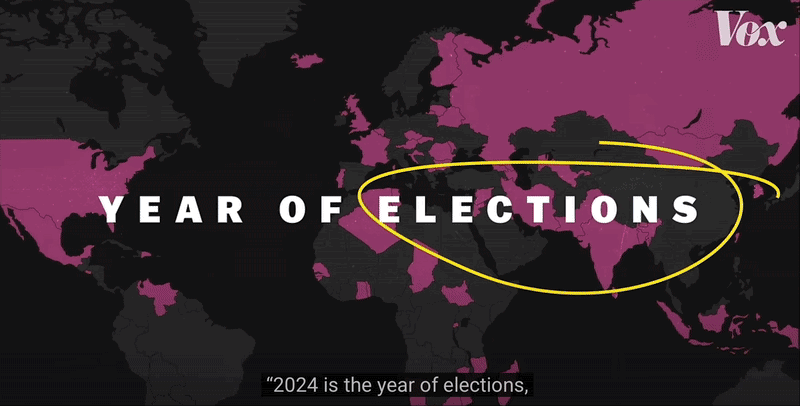
Emotional Appeals in Election System Data Visualizations on Digital Platforms: A Case Study of 2024 Global Election Videos on YouTube
Daocheng Lin
Presented at ATTW 2025
2025
Over the past decades, technical communication has been increasingly opening a wide range of discussion in election technology, from specific election technology to the social media landscape, rooted in the issues about social justice, human rights, and feminism (Cheek, 2023; Dorpenyo & Agboka, 2018). Among these issues, the human rights field has raised concerns about the political presence of data visualization. Specifically, in contrast to the assumption of objectivity and neutrality of the visualization, the emotional appeals in contemporary data visualization have been increasingly adopted and investigated (Lan et al., 2024; Campbell & Offenhuber, 2019; Kennedy et al., 2016; Kostelnick, 2016), leading to a rethinking of objectivity from the perspective of social justice and feminism (D’Ignazio & Klein, 2020). Emotional expression has also been widely discussed in political issues under the lens of contemporary rhetorical studies (Taylor, 2023; Butler, 2022; Lorde, 1981). Among social justice discussions of technical and professional communication, the devaluation of emotion is a norm of “articulateness” in an oppression system (Walton et al., 2019, p. 123), and emotional expression is deemed to be less desirable in political discussion (Barbeito Iglesias & Iglesias Alonso, 2021).
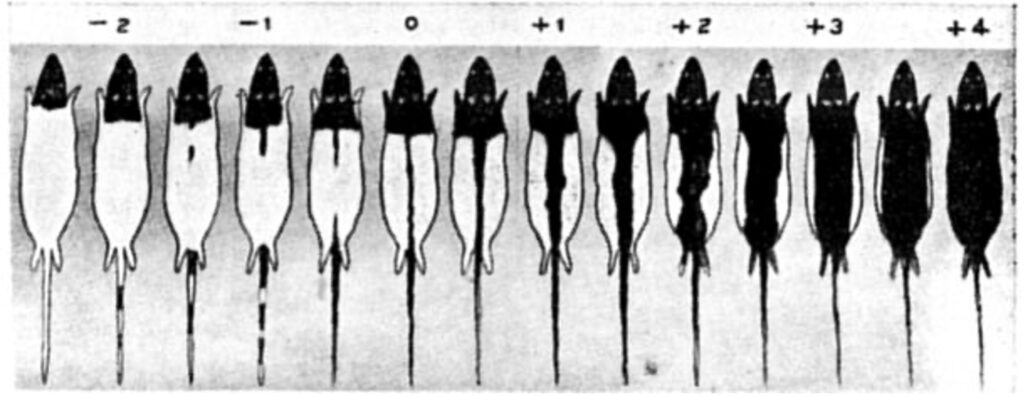
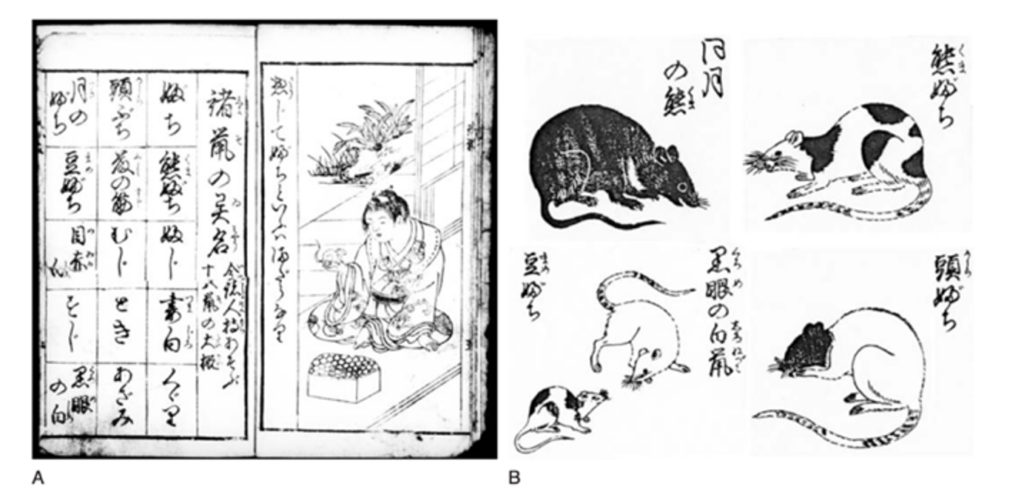
Visual Ethics and Emotional Appeals of Experimental Rats
Daocheng Lin
2024
This study traces the brief genealogy of rat figures in scientific communities and discusses how it reflects the attitude toward emotion, ethics, and humanities through visual representation. Starting from the history of using rats as the standard laboratory animal in 1914, I framed rat figures in representative scientific journals from the 1910s to the present as a case study. I summarized the visual conventions of different phrases. I argued that in the digital age, scientific visualization has employed various aspects of humanities and ethical considerations, even in the hardest natural science. The tendency raised the reflection of humanity, ethics, and emotion as an increasingly important topic in this digital era.
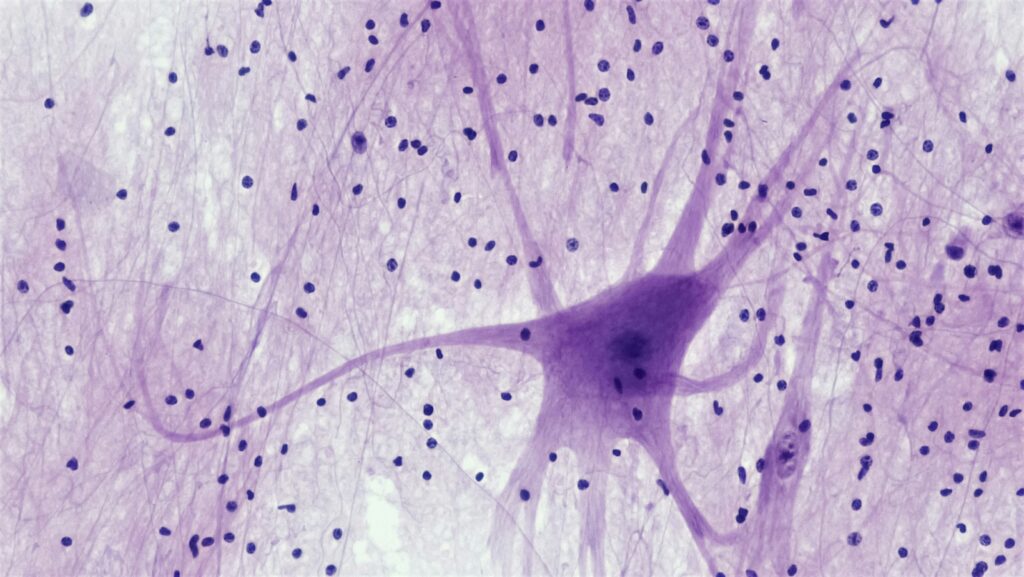
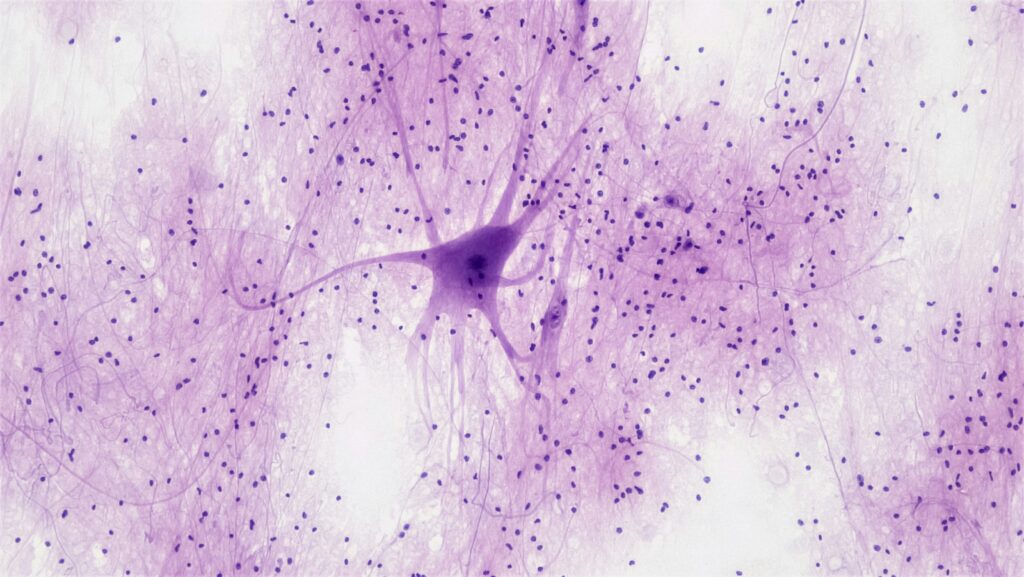
Field Report: Neurorhetoric
Daocheng Lin
2024
Neurorhetorics is an important field that emerged in an era when the “global mental health crisis” prevailed worldwide (Gruber et al., 2024). Understanding the brain has been deeply embedded in social problems (Gruber et al., 2024; Jack, 2010; Graham, 2009), social media (Thornton, 2011), popular culture (Gibbons, 2014; Thornton, 2011), and interdisciplinary studies (Gruber et al., 2024; Jewel, 2016; Mays & Jung, 2012). As Gruber points out the high exigency of neurorhetoric in an important forum in Rhetorical Society Quarterly, “Examinations of cognition and the brain pop up tactically and discursively around so many contemporary cultural crises that rhetorical scholars hope to understand better and confront.” (Gruber et al., 2024, p. 382)
In this subfield report, I first overview the field of neurorhetorics, providing the origin and the main themes of neurorhetorics. Then, I will specifically dive into the topic of brain images, the most frequent artifacts in neurorhetoric studies, and neurodiversity, one of the most important divisions under the discussion of neurorhetorics, which broadens the understanding of both neurorhetorics and neuroscience (Jack, 2010; Jack & Appelbaum, 2010).
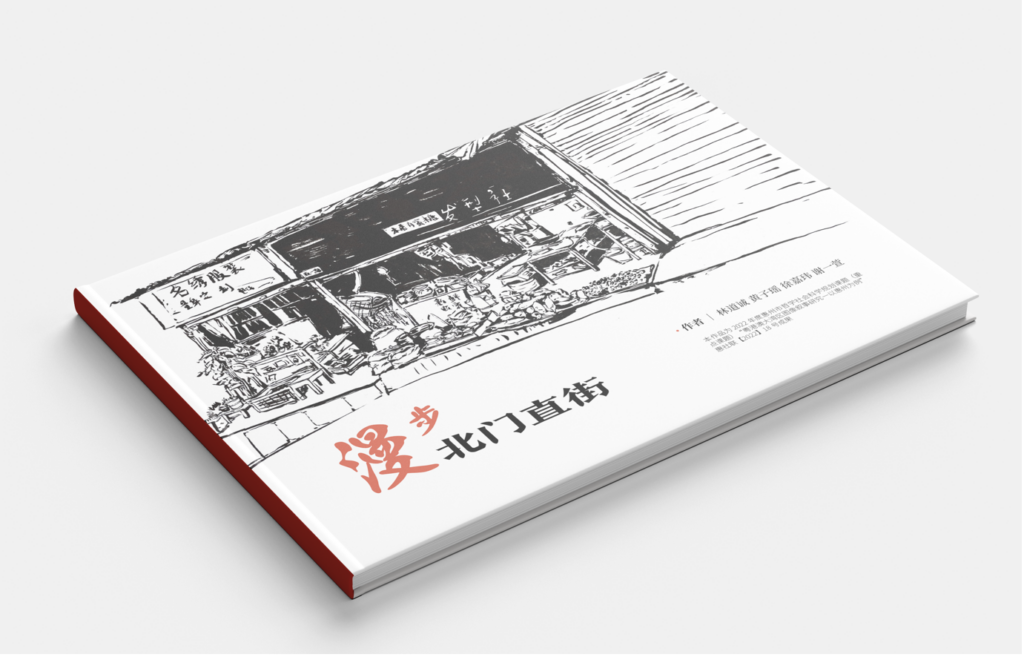
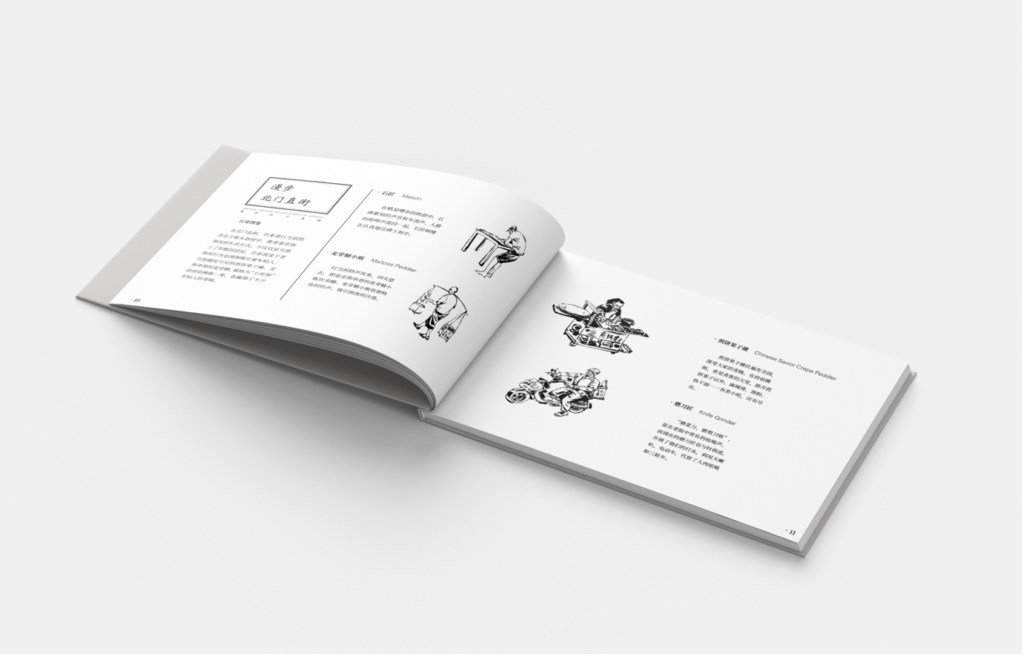
A Walking Ethnography of Everyday Strategy on Beimen Street
Daocheng Lin, Ziyao Huang, Jiawei Xu, Yixuan Xie
2023
The conflict between traditional culture and contemporary urban development in Huizhou’s historic districts is complex. While traditional culture often clashes with modern commercialization, both approaches present challenges. Rapid urban renewal over the past two decades has led to urban sprawl, while recent efforts to monetize historic districts through cultural regeneration and internet celebrity (网红, Wanghong) culture have sparked resistance among residents. For example, in Foshan, a resident displayed a chalkboard criticizing the influence of Wanghong culture, reflecting a rejection of both monetization-driven renewal and the erosion of traditional lifestyles.
This project examines these tensions with a focus on Beimen Street. It explores how urban renewal reshapes residents’ lives and how they navigate the conflict between tradition and contemporary development. Drawing on Michel de Certeau’s everyday practices, the study employs walking, sensory observation, drawing, and photography to understand these dynamics. Field notes and visual data were systematically analyzed using AtlasTi, providing deeper insights into the residents’ strategies and everyday experiences.
* Funded by Humanities and Social Science Research Projects in Huizhou (Key Program), Huizhou, Guangdong